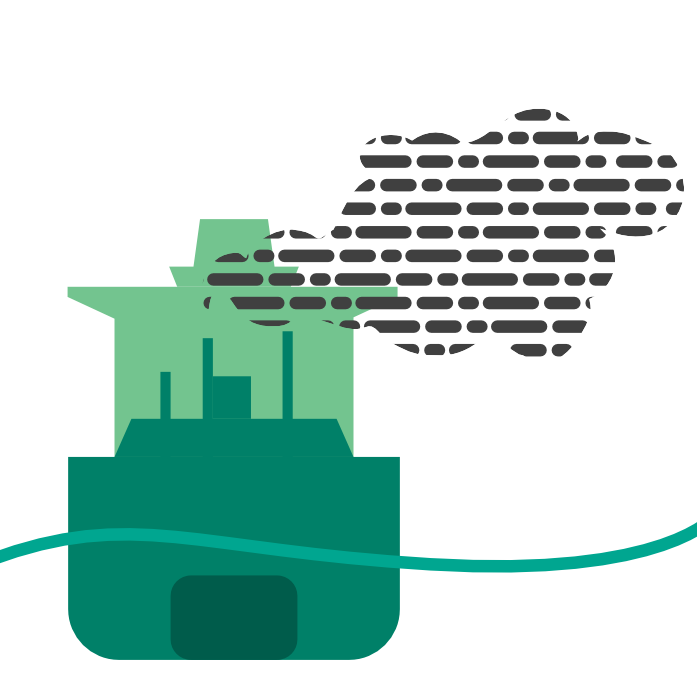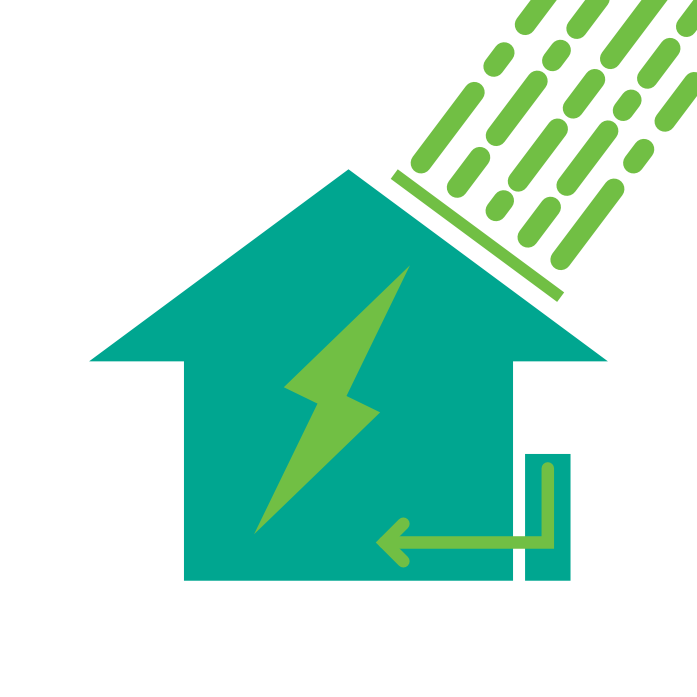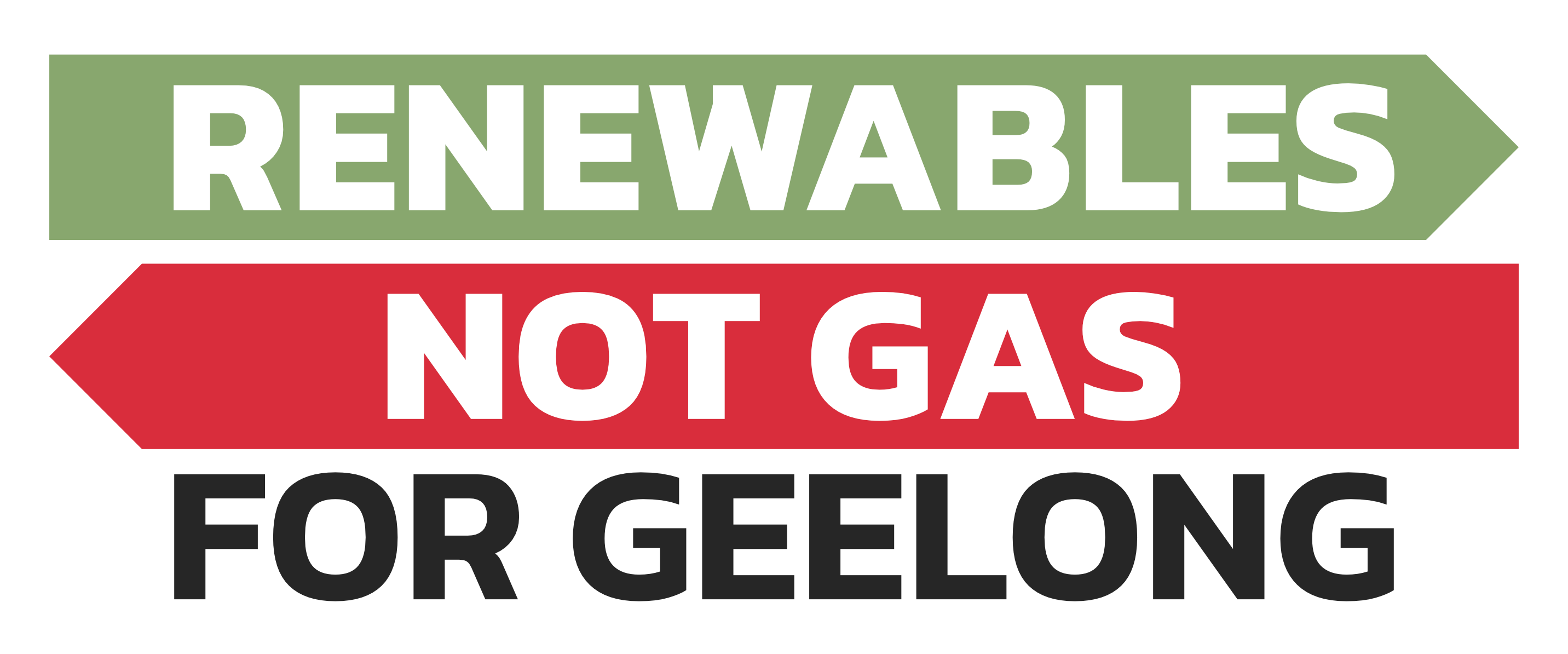Viva Energy is proposing a gas import terminal for Corio Bay (the Project). Due to the nature of the Project they were required by the Minister for Planning to undertake an Environmental Effects Statement (EES). An Inquiry and Advisory Committee (IAC) was established to consider the EES prepared by Viva and any arguments put forward by dissenting parties in a public hearing.
At the end of the 7 weeks of hearings the IAC produced a report to advise on its findings. It found that the EES was deficient in several areas, such that the Inquiry and Advisory Committee were unable to fully assess if the project was going to cause unacceptable environmental effects. Taking this report into consideration the Minister decided to require Viva to undertake a supplementary EES to address the issues in their first statement if they wished to proceed.
It’s unclear at this point if Viva has decided to undertake this additional work.

Marine Environment, Dredging, & Terrestrial Ecology
The marine models and studies were found to be inadequate to reflect the conditions in Corio Bay and the extent of flora and fauna to a level of detail required to determine the environmental effects of the terminal. This included concerns about what impacts the Project might have on adjacent Ramsar wetlands.

Air quality
The project was found to “cause significant increases in some pollutants”, but the levels of these pollutants didn’t exceed the allowable limits adopted for the project. However, the IAC was uncertain as to whether these figures were a worst-case scenario. The IAC determined that they weren’t “satisfied that air quality risks have been appropriately designed out” and felt that Viva had prioritised “operational flexibility rather than minimisation of risks of harm” in regards to their duty to minimise environmental effects.

Cultural Heritage
The Wadawurrung Traditional Owners Aboriginal Corporation submitted that Corio Bay and Port Phillip Bay have only existed for 1000-3000 years and that they continue to “see this [as] cultural landscape and believe that the area contains Wadawurrung living cultural heritage sites”. Despite the scoping document for the EES specifically requiring the need for investigation into “adverse effects on underwater Aboriginal cultural heritage values”, Viva failed to undertake this survey. As such the IAC made it a condition that this work be undertaken.

Noise and vibrations
The IAC was unable to confirm that the Project, when combined with Viva’s existing refinery, could meet the cumulative noise limits due to the fact that the refinery was likely already exceeding its allowable noise levels. The noise study in the EES was deemed unsuitable and a, “new or heavily revised noise assessment is required”.
Areas that with suitable mitigation were accepted by the IAC

Gas Supply & Project Rationale
In examining the need for the project, the IAC recognised that gas demand is highly uncertain. The committee heard updated modelling from expert witnesses that suggested a shortfall might not eventuate, or that a potential shortfall might not occur until 2033. This differs from the 2025 shortfall date that Viva had been working towards. They couldn’t determine from the evidence before them if the project was needed and were clear that the Project was only one potential way to address gas shortages.
What was clear is that we still have time to reduce gas demand such that the need for the terminal could be eliminated.

Greenhouse Gas Emissions
The method for counting greenhouse gas emissions used by Viva was deemed acceptable. This means that Viva only needs to account for the re-gasification emissions, not the 80-90% of emissions caused by transporting the gas to the terminal. The IAC acknowledged that those emissions would be allocated to the City of Greater Geelong and State and National Governments and would “make it harder for government emissions reduction targets to be met, particularly CoGG’s targets”.
“The IAC accepts that, if Scope 1, 2 and 3 emissions are considered, the Project would become one of the largest emitting facilities in Victoria and would make Victoria’s GHG emissions reduction targets harder to achieve. However, it is not able to conclude that the Project would preclude the attainment of local, state and national emissions reduction targets, or that it would be contrary to the CC Act.”
This assessment was made against now out-of-date emissions reduction targets. The more ambitious 75-80% 2035 emission reduction targets came into force after the hearing, and we argue that any supplementary EES should also reexamine the project’s greenhouse gas emissions against current targets, not the targets at the time the project was first proposed.

Safety and Navigational Risks
The IAC noted that while safety was the number 1 issue raised by submitters, the assessment of hazards, risk and safety was “undertaken to an acceptable level for this stage of the Project, in accordance with accepted practice”. They acknowledged however that, “significant additional work (…) is required to confirm that safe navigation and berthing can be undertaken to the standards required by navigation and maritime safety authorities.” and that any modifications to the project design (such as additional dredging) would result in the need to consider the potential environmental effects.

Social and business impacts
The IAC recognised the “deep felt fears and concerns” raised by the community and found that, “a more thorough engagement process with the local community “could and should have been undertaken in order to inform the assessment of potential social impacts and identify meaningful and tangible mitigation measures”. If the project proceeds further the IAC requires Viva to implement and fund a Community Reference Group.
Conclusion
The findings of the IAC vindicates many of the concerns that were raised by the community throughout the exhibition and public hearings into Viva’s Environmental Effects Statement, such as the impact on marine life and local amenity.
We are disappointed that a number of significant areas of concern were pushed off to other regulators, despite hearing from experts who believed that the current design wasn’t sufficient to manage risk. We believe that the open hearing format benefited the environment, the public and the project in allowing third party experts to question and assess the design. Any change that occurs outside of this EES process, as the result of the initial design being insufficient, circumvents this critical review process.
The lack of issue raised with the greenhouse gas emissions of the project, represents a fundamental flaw with the scope of the EES and our environmental legislation. Despite being specifically tasked by the Minister to examine greenhouse gas emissions, there doesn’t exist a legislated limit to the amount of greenhouse gas emissions that Viva could emit, just a sentiment to “endeavour” to consider the GHG emissions. Without any ability to consider the whole picture of emissions, we risk eroding our climate targets with each project approved. Viva’s chosen business structure that has them only providing the terminal as a service, and not directly importing the gas themselves, means they are also able to avoid the 100,000 tC02e trigger of the Federal Government’s safeguard policy. This sets a worrying precedent that companies can divide their business into units to avoid climate policy.
The fact that the IAC said it was unable to say that the environmental effects on the marine environment, noise and air quality were “able to be quantified or fully assessed based on the available information”, should have been grounds to reject this project. Instead Viva has been given a second chance to again propose this project.
